Savings rates are on the rise, so how can you take advantage?
Leaving savings in a current account can see it eroded by rising inflation. Switch it to a personal savings account and the tax man could be taking a chunk. Choose a fixed rate savings account and worry you’ll miss out on a better future deal.
Many savers are in the same position. So we explore if indecision could hurt your returns and how to benefit from rising interest rates.
Why savers are taking a gamble on a ‘wait and see’ approach
Since early spring 2022 savings rates have been increasing. According to Moneyfacts, over the past 12 months, the average easy access savings rate has risen five-fold. It’s understandable then, that for many savers, the sensible strategy seems to be a ‘wait and see’ approach. Savers are keeping cash in instant access accounts hoping rates continue to climb and they can lock their money in at the best rate.
But, what if the account your savings is sitting in now is paying a low interest rate? You can still find saving rates as low as 0.01% on some savings accounts. If you have cash sitting in a low-yield account and haven’t researched better rates, odds are you could be missing out on a higher return.
When to lock in savings
Before choosing a savings account, consider whether you’ll need regular and easy access to the funds over the short term. Is it likely you’ll need to dip into savings for essential purchases? Or is the main purpose an emergency fund? For easy access or instant access accounts, look at what interest rate you’re getting now and shop around to see if you can get a better deal.
If giving a short amount of notice would work, notice accounts can sometimes offer a higher savings rate than easy access or instant access accounts.
If you have a long-term savings goal and can lock in for a longer period, then there’s no reason not to do this as the rates are usually higher. Fixed rates, such as a fixed rate cash ISA or fixed rate bond, can also be a good option as it gives a guaranteed return. Great if you feel unsettled about market volatility and leaving money in a variable rate savings account. Choose an FSCS protected savings account which will protect your money up to £85,000 per person by the Financial Services Compensation Scheme.
How to protect your savings interest from tax
The amount you’re able to deposit over a tax year will play a part in finding where is best to place it to ensure the interest is protected from tax. The current personal savings allowance sees basic-rate taxpayers earn £1,000 in interest before being faced with a tax bill, capped at £500 for higher-rate taxpayers.
As interest rates continue to rise, those with cash in a personal savings account could hit the threshold earlier in the tax year, resulting in an unexpected tax bill. One potential solution for savers who think they will be caught in this tax trap is to put their money into an ISA.
ISAs have a £20,000 tax-free allowance per year, helping savers avoid being hit with tax on savings as rates rise. You can find out more about how ISAs work here.
Can you spread your savings
Dividing your savings into different accounts could be a better choice for your cash. If you know you’ll need access to some of your savings in the short term you, for example, an emergency fund, keep part of your savings in an instant or easy access account. It’s important to assess your finances and find what will work best for you. A general rule of thumb is to have three months wages in an accessible account as an emergency fund. The remaining balance can then be placed in a higher fixed rate accounts such as an ISA or bond savings account.
If you have savings you can lock away, fixing money over the long term with different maturities, known as the staircase strategy, which can help savers take advantage of rising interest rates, earning interest quickly and still have the option to benefit from future interest rate increases.
For example, instead of placing £6,000 in a five-year fixed rate ISA, place £2,000 in three fixed interest rates with terms of one, two, three, four and five years, bridging the waiting period for higher interest rates. Once one-year fixed rate account has matured and gained interest, it can be paid out and invested into another high interest account, the same then the following year for year two and so on.
Indecision could be costly
It’s impossible to be certain when interest rates have hit their peak, so there is always the chance if you wait too long rates will start to decline. The ‘wait and see’ tactic means savings are potentially missing out on earning higher interest right now. The longer the wait, the less interest is earned, suggesting that for indecision, substantially high interest rate increases are needed. Instead, consider deciding the interest rate you would be happy to fix at.
You can find more information at Hodge.co.uk on interest rates, ISAs and Bonds.

